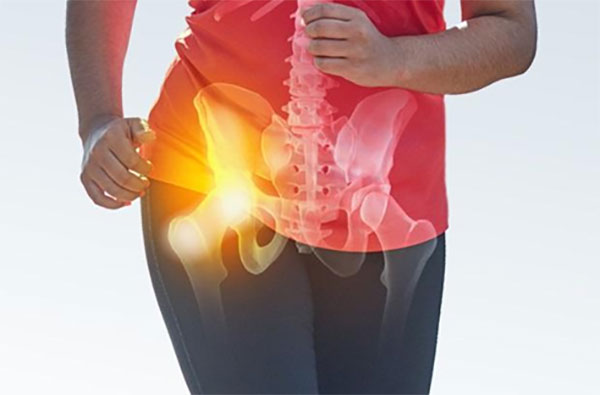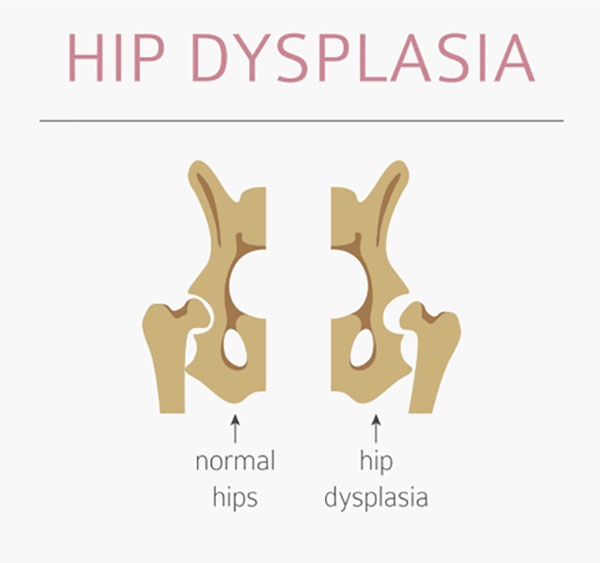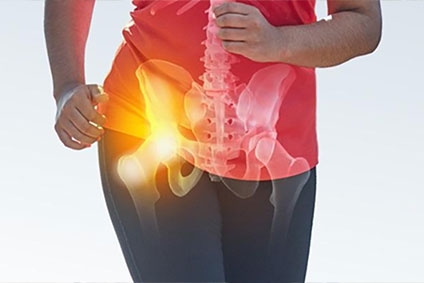
Introduction
Femoroacetabular impingement (FAI) can significantly impact mobility and quality of life, but for patients with dysplasia, questions have lingered about whether hip arthroscopy delivers comparable outcomes to those without dysplasia. A recent 10-year follow-up study, done by Dr. Okoroha’s colleagues shed light on this, showing promising results for patients with dysplasia undergoing hip arthroscopy. These findings suggest that even in the presence of structural challenges, patients can experience long-term benefits on par with those without dysplasia.
Study Highlights
Patient Demographics: The study included 46 patients with lateral rim dysplasia (LCEA < 25°) and 90 matched controls (LCEA > 30°), with no significant differences in baseline characteristics aside from radiographic findings such as LCEA, Sharp angle, and Tönnis angle.
Follow-Ups: Both groups were followed for at least 10 years, assessing total hip replacement (THR) rates, revision surgeries, and patient-reported outcomes (PROs) like symptom relief and functional improvements.
Positive Outcomes: Both groups experienced significant improvements in PROs, achieving high rates of patient-acceptable symptom state (84% in dysplasia cases, 83% in controls). Long-term survivorship was comparable, with 91% of dysplasia cases avoiding conversion to THR.
Key Findings on Risks: Conversion to THR was slightly higher in the dysplasia group (9%) compared to controls (4%), though the difference was not statistically significant. Higher preoperative Tönnis angles may increase the likelihood of THR.
Conclusion
This study reinforces the efficacy of hip arthroscopy as a durable treatment option for patients with FAI, even in the presence of dysplasia. With low complication rates, significant symptom relief, and high survivorship at 10 years, the findings highlight that dysplasia should not be seen as a barrier to achieving successful outcomes. These insights provide reassurance to patients and surgeons alike, emphasizing the potential for life-changing results regardless of structural differences.
We are committed to providing personalized care and innovative treatments to help athletes reach their full potential. To learn more about hip impingement, FAI, hip labral tears, CAM and Pincer lesions, schedule a consultation with Dr. Okoroha today. Seeing patients from Minneapolis, St. Paul, Plymouth, Edina, Minnetonka, Rochester, and Minnesota ensures that athletes receive specialized care aimed at maximizing their athletic performance and long-term hip health.










